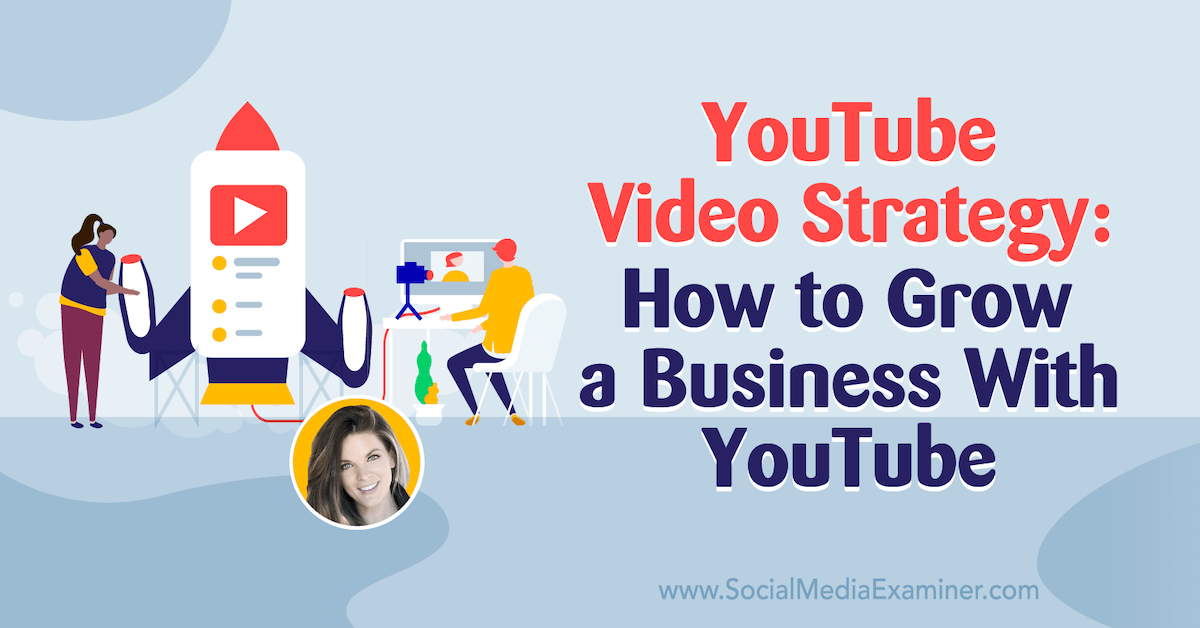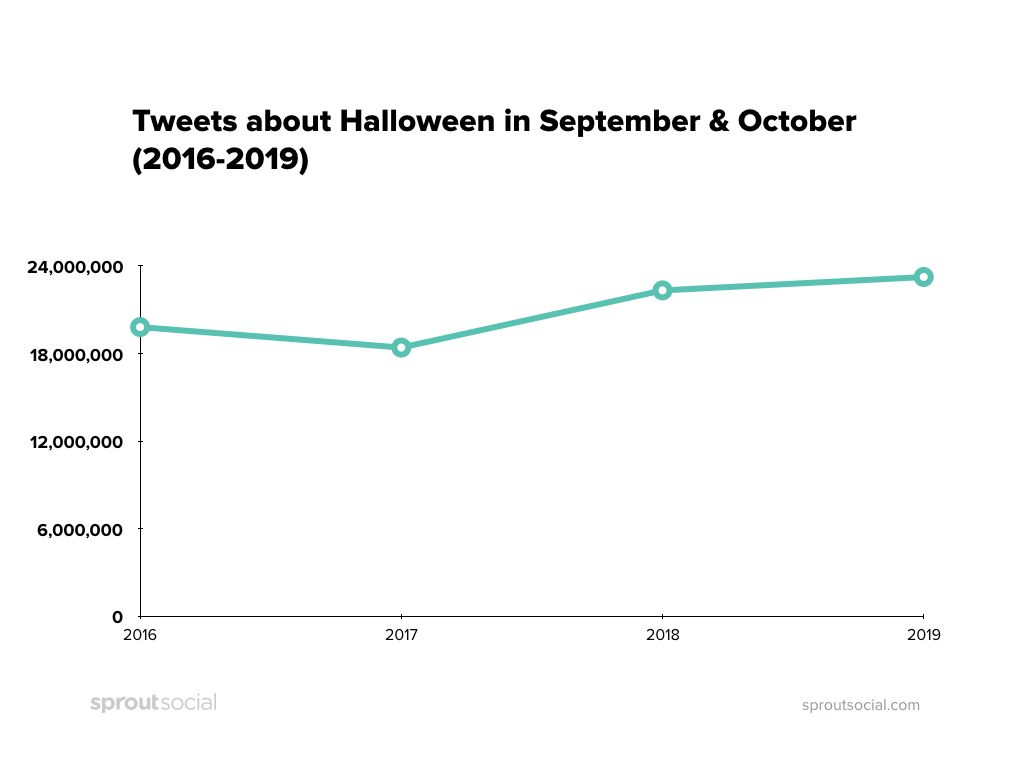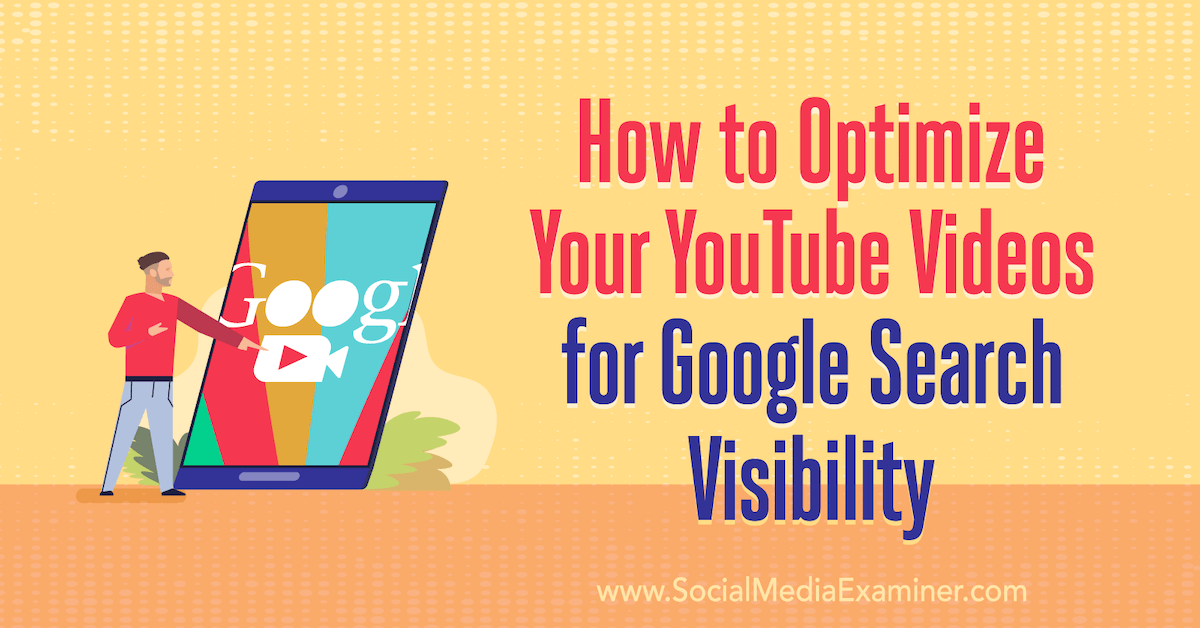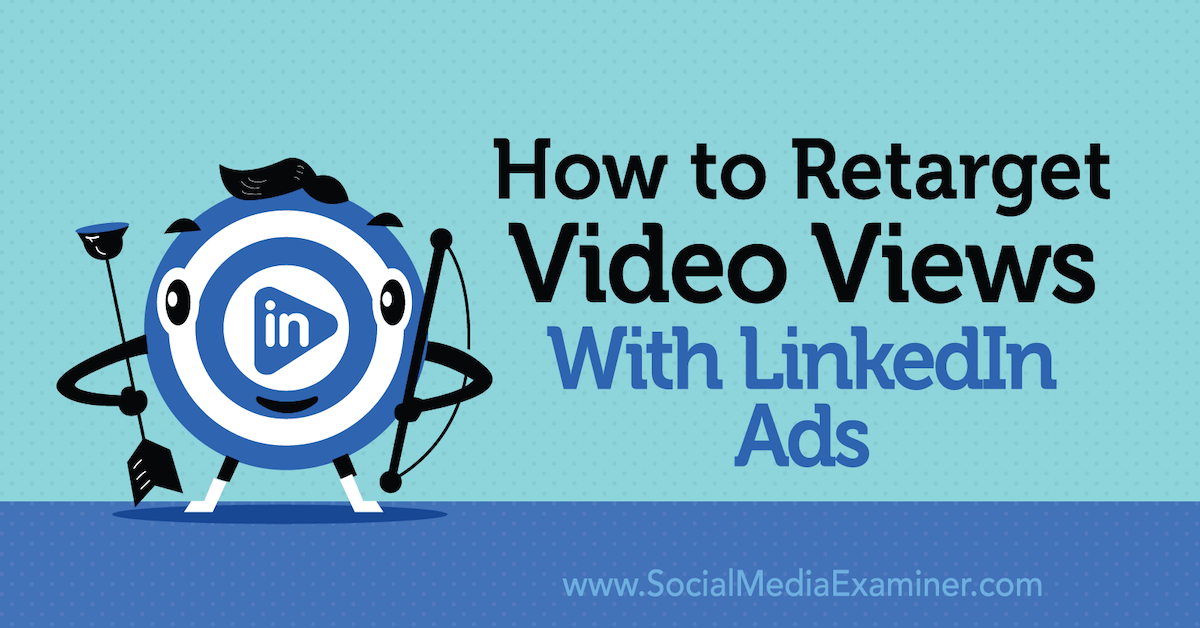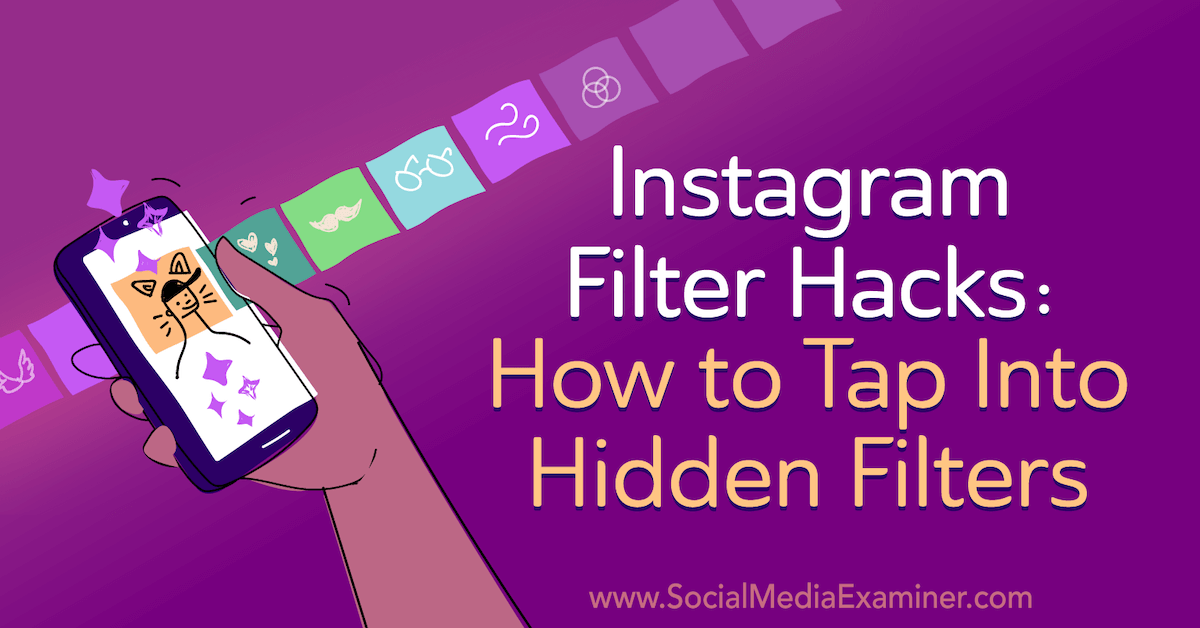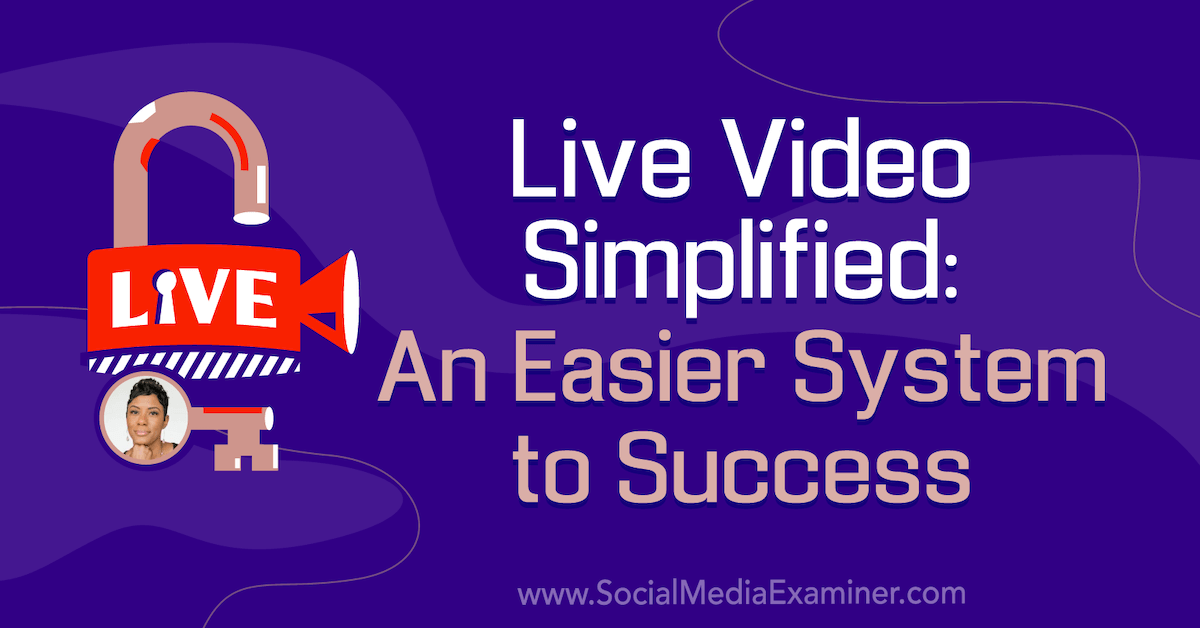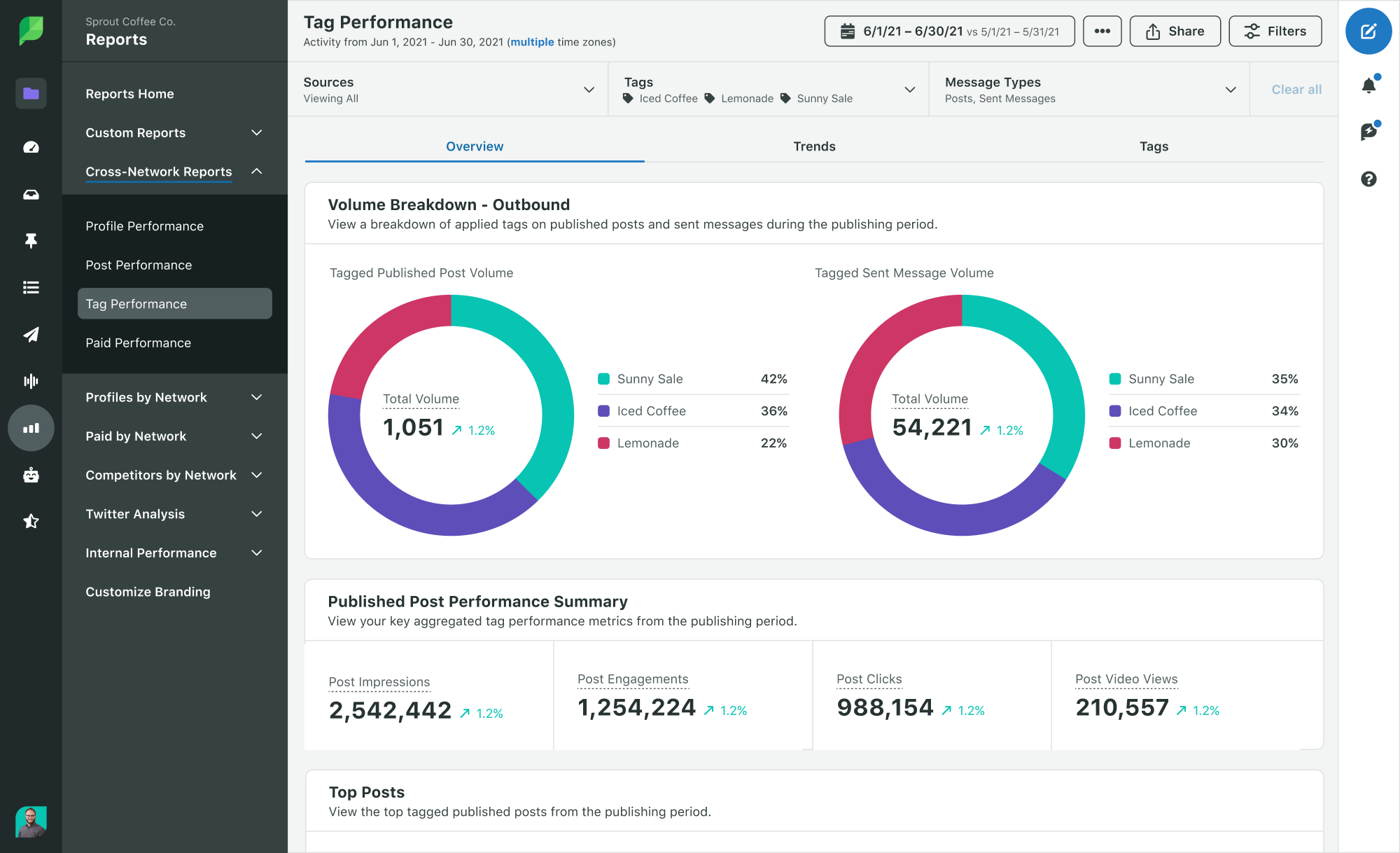It wasn’t long ago when organizations asked themselves if they actually needed a social media presence. Nowadays, however, social media is a must-have. It’s an integral part of a business’s brand and marketing efforts.
As you build your social media team, it should be done with as much care and commitment as you would dedicate to any other marketing role. Social media marketing shouldn’t be a side-project or afterthought that’s tacked onto the responsibilities of an entry-level marketing role. Simply put, sophisticated social media management is not an entry-level position.
Social media is not solely an entry level position or strictly a young person’s occupation.
This thinking is dismissive of the responsibilities social media managers shoulder for their organizations daily — regardless of age or title.
— Jenny Li Fowler (@TheJennyLi) October 26, 2020
That’s not to say you can’t add an entry-level marketing position to your social media marketing team. As social media has evolved, so have the expectations and capabilities of social marketers. They take on content creation, strategy development, data analysis, community engagement and so much more. Given how they’re often juggling multiple responsibilities at once, it’s no wonder that 41% of social marketers say they need more time and bandwidth to make a greater impact on the rest of their business. Those are all areas where a junior hire can support your team.
When it comes down to it, the most effective social media marketing is a team effort, but the size and roles within that team vary from business to business. In the Sprout Social Index™ Edition XV: Empower & Elevate, we found that the majority of small companies (one to 50 employees) only have one or two social marketers on their team. The number of team members increases as the size of the organization also increases, so mid-sized companies are more likely to have social teams of three to five people, and enterprise companies often have 11 or more people dedicated to social.
Larger companies might have more resources and a bigger budget for social staffing, but when it comes to creating a dynamic social media team, size doesn’t always matter.
Ready to build a strong social team? Let’s dive in.
The A-Team: The main players in social media marketing
As you build your team, there are a few social media team roles that should be at the top of your wishlist.
The social media manager
If you can only afford to hire a single social media marketer, it should be a generalist social media manager. Social media managers know your brand inside and out. They are the ones drawing up the blueprint for your social strategy, goals and marketing plan. They are focused on developing and promoting engaging content, especially when they’re flying solo, and measuring the success of that content. This person should also be the one building cross-departmental relationships, with a little assistance from other marketing leaders, so that social can make a business-wide impact. Ultimately, this person is the Swiss Army knife of your social team and has a diverse set of skills that includes writing, communication, data analysis and so much more.
Social media managers are the most important people on your marketing team.
You can @ me
— Anthony Yepez (@AnthonyYepez) October 28, 2020
The content creator
Content is your greatest asset on social media and having a person dedicated to creating that content is a major asset to your team. A content creator directly supports the social media manager and takes some of the content burden off their plate so they can focus on more strategic work. The content creator is a strong copywriter with a creative mind. They must be on top of industry news and social media trends so that they can use that knowledge to influence the content strategy and spark creative direction.
At larger companies, a content creator might work with your brand’s creative team or social agency to develop creative assets. In smaller companies, this role might be a multimedia content specialist who can do some design, photography, video and copywriting work for social themselves.
Creating our own content for sure! Tbh, I feel like I'm currently a social media manager, graphic designer, videographer, video editor, and actor (for TikTok skits lol)
Some social media managers are podcast hosts/producers for their companies as well
— Daniel Lantin (Marketing Student, 3rd Semester) (@dvglantin) October 29, 2020
The social data analyst
According to the Sprout Social Index™, marketers aren’t using social data to its fullest potential. But having a person on your social team who is ready and willing to put on their data analyst hat is critical.
Data. Driven. Decision. Making.
That’s it. That’s the tweet.
— Jon-Stephen Stansel (@jsstansel) August 10, 2020
A social media data analyst makes sense out of the raw numbers and reports and turns data into actionable insights. They regularly report on key performance indicators to help determine if your strategy is on track and performing as planned. When things don’t go as planned, they have the skills to make recommendations on how to bounce back. Perhaps most importantly, a data analyst can demonstrate the business impact of data and measure the return on your investment in social media.
The community manager
Monitoring, listening to and engaging with your social communities are, as you know, essential. Those tasks are also a community manager’s raison d’être. While a typical community manager is responsible for advocating for a brand’s audience and community on social, they might also focus on customer care and response management. This person isn’t just friendly and engaging, they’re also strategic about building an audience, increasing brand loyalty and fostering a sense of personal connection with your brand.
#FactsandStats 🗒
Social Media Manager vs. Community ManagerSMM – Responsible for content scheduling, uploads, engaging with comments and answering questions.
CM – Responsible for creating the brand's persona and engaging with new users to grow the overall brand community. pic.twitter.com/JbK2EGpiJ2
— MoyesaCo (@MoyesaCo) October 29, 2020
This person is not a customer service representative, but they might connect customer service to community members who have reached out with product or service-related questions or concerns.
The paid media specialist
Organic and paid social strategies are like two halves of a whole, which is why they can, and should, complement and reinforce each other. Whether you aim to boost brand awareness, welcome new followers or gather new leads, combining both efforts will deliver optimal results. It is helpful, however, to split organic and paid social media team roles. While your other social media marketers focus on the art of organic, a teammate that specializes in paid digital media can optimize those efforts further and deepen the business impact of social.
Organic and Paid social is like a marriage. Both are important to make the other grow and to connect. Your audience, in every phase of your funnel, needs to hear from you. #SproutSessions pic.twitter.com/4Nd5l3VGal
— Chatterkick (@Chatterkick) May 13, 2020
The paid media specialist has a clear understanding of how each social platform works, what types of your brand content excel on those platforms and the budget necessary to accomplish your goals. They’re experimental and capable of running A/B tests. They also analyze statistics and paid data and transform insights into action that will accelerate performance.
Create balance within your team
Many companies’ social media teams will have hybrid roles, in which the employees take on the skills and responsibilities of one or more of the roles we’ve discussed. For instance, if your business can only afford to staff a lean social team of two people, the roles might be split up into one person doing strategy work, data analysis and paid promotions, while the other focuses on content creation, publishing and community management. The key is to create a balance between roles so that each person on your social team is able to accomplish their tasks without burning out.
Leverage social media management tools to power efficiency
Tools shouldn’t replace people, but they can certainly make life easier for marketers, power efficiency and help smaller teams achieve more. With Sprout Social’s full suite social media management solutions, social teams can trade busywork for more personalized, authentic, transparent experiences with your audience.
Sprout’s content calendar simplifies scheduling, which can otherwise be incredibly time-consuming, and gives social media marketers a clear blueprint of their social strategy.
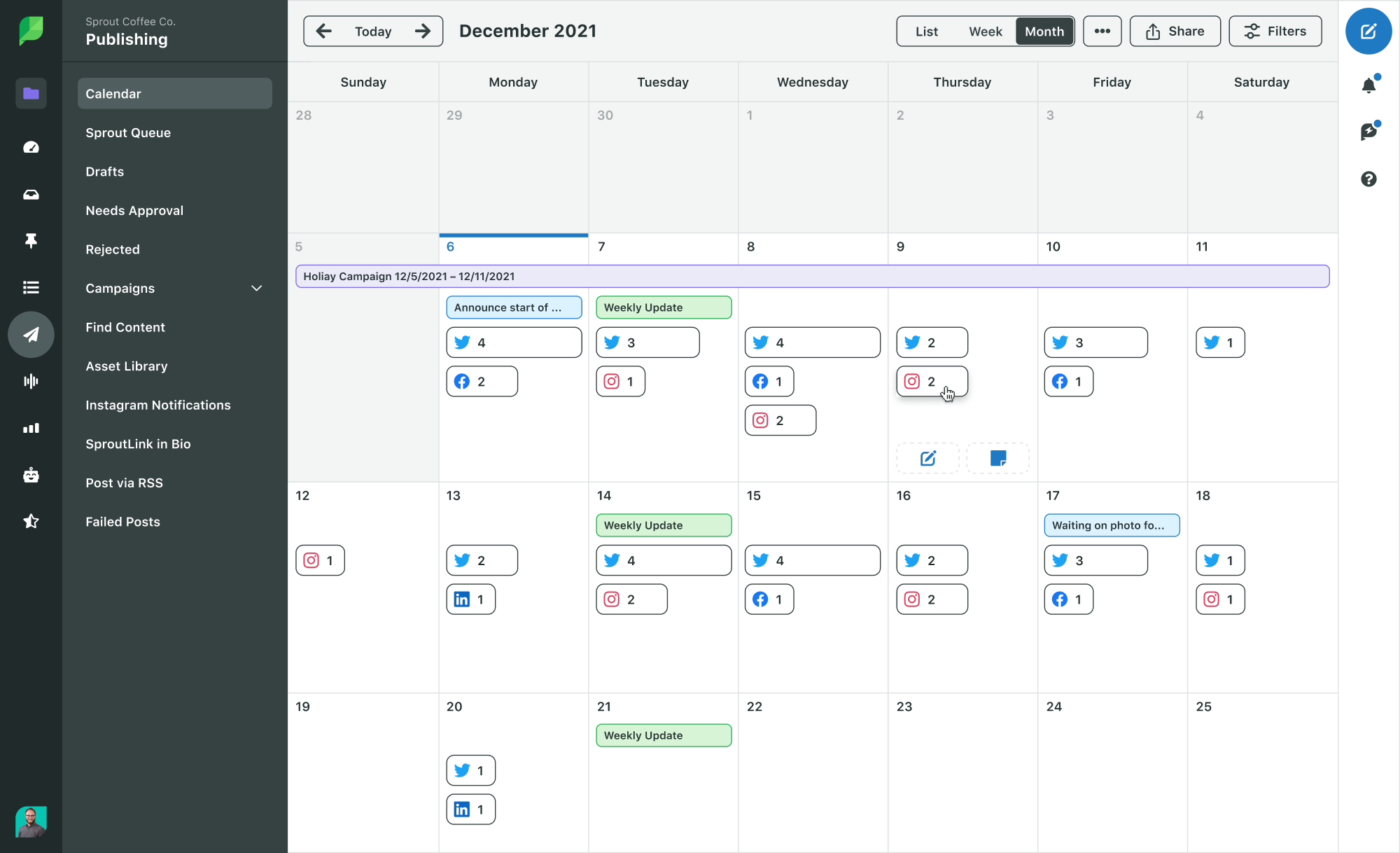
You can also build automated workflows into your scheduling process. If for example, your content creator has to run each post by the social media manager for approval before it goes live, there’s a Sprout workflow for that. As your team member schedules social posts in the Compose window, they can direct the post to the person or group that needs to review and approve content. This ensures that your social content is consistent and on-brand every single time.
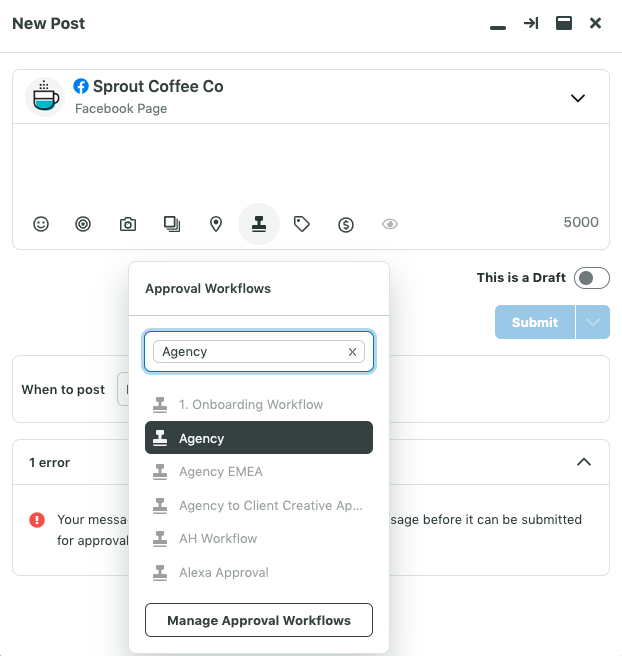
Not only does Sprout help streamline collaboration within social teams, it can also improve collaboration across departments.
These days, social media is one of the first places people turn for customer service. In the event that a community manager can’t address a comment or question that comes through the Smart Inbox, they can assign those messages to customer service representatives that have a seat in Sprout.
The same is true for potential leads that you want to alert your sales team about. If a person messages your brand on social media with purchase intent, you can assign a “Sales Lead” task to that message, so your sales team can capitalize on the opportunity.
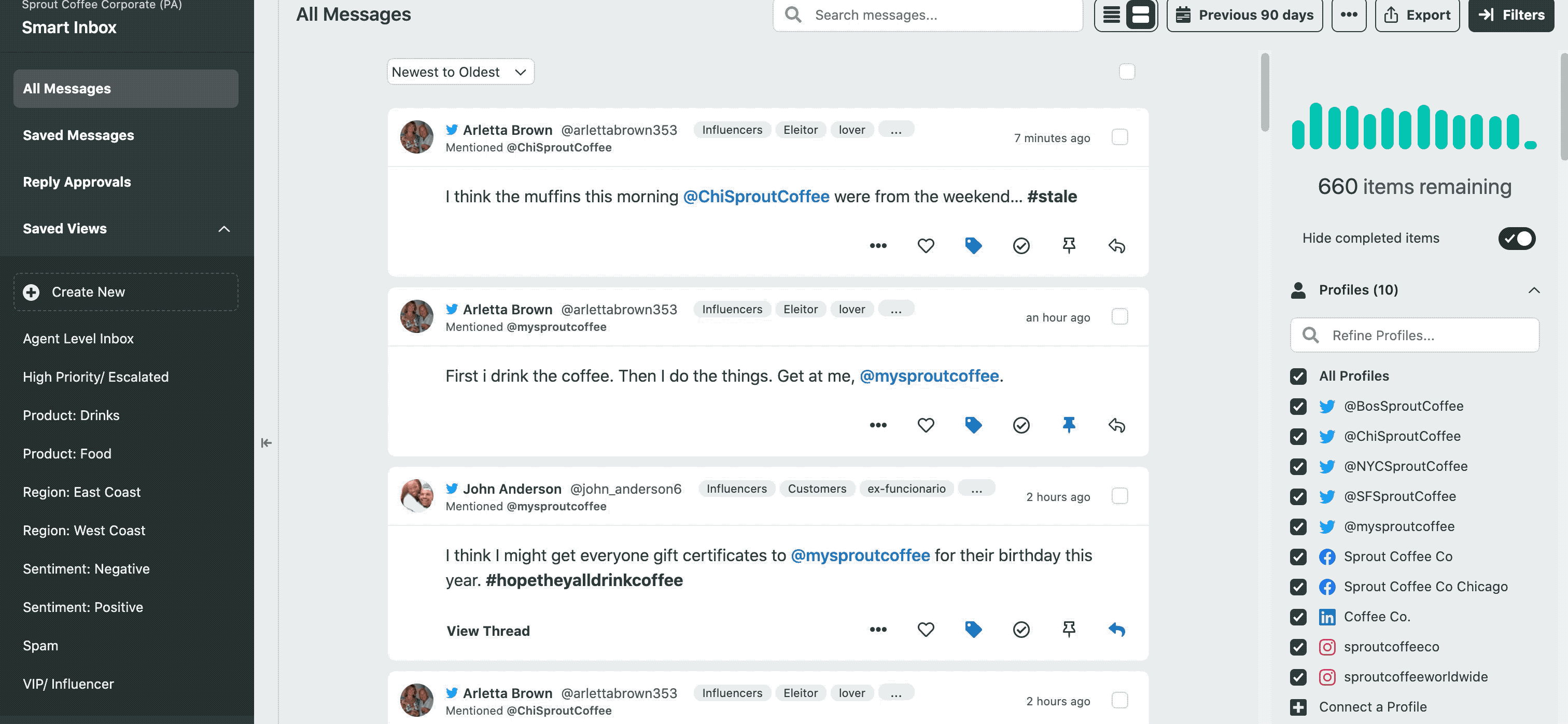
An organized content plan, simplified approval processes and streamlined cross-departmental collaboration will help your social teams make a greater impact on your business. These are just some of the ways that a tool like Sprout Social can help your team work more efficiently without ever compromising quality.
Team building never stops
To build a strong team, start strong. As you invest in social staffing, give your new hires a clear mission and a thorough onboarding agenda. At Sprout, we outline important learning goals, dates, activities, deliverables and anything else we want new hires to be aware of within their first 30-60-90 days. Providing a plan can help ground a person and make them feel purposeful right from the get-go.
Over prepared or crazy:
Have built an entire social on boarding “course” for my next team member complete with step by step screencasts 😂🤭
I am someone who needs a LOT of detail and needs to go back and reference things, so I want to make sure I do that when on boarding.
— Jenn Crim (@jenncrim) October 14, 2020
Even if you aren’t actively hiring more members, marketing leaders should remain committed to team building. Social media trends (and crises) emerge at light speed so quick huddles to kick off your day can spark inspiration, illuminate priorities and mitigate any risks your content might pose.
Our social team holds a 15-minute huddle every morning.
What happened overnight?
What’s trending?
What’s trending with our audience?Any content scheduled?
Any risks, any opportunities for us?And our wrap-up:
What did @mkobach say?— Jen Hartmann (@jenalyson) January 3, 2020
Team building is also important because burnout is a common issue among social media marketers. If your social marketers feel supported and heard, they’re more likely to speak up if they’re feeling stressed and overwhelmed by their work on social.
A dynamic social media marketing team can make a tremendous impact on business goals all the way from the top to the bottom of the funnel. We’ve seen it first-hand at Sprout. If you’re ready to expand and hire your dream social media team, use our free hiring manager toolkit to source, assess and secure top talent.
This post Bring it in: How to build an all-star social media team originally appeared on Sprout Social.
from Sprout Social https://ift.tt/2rmMTek
Do You Know You Can Buy Instagram Followers from SocialKingMaker.com?
